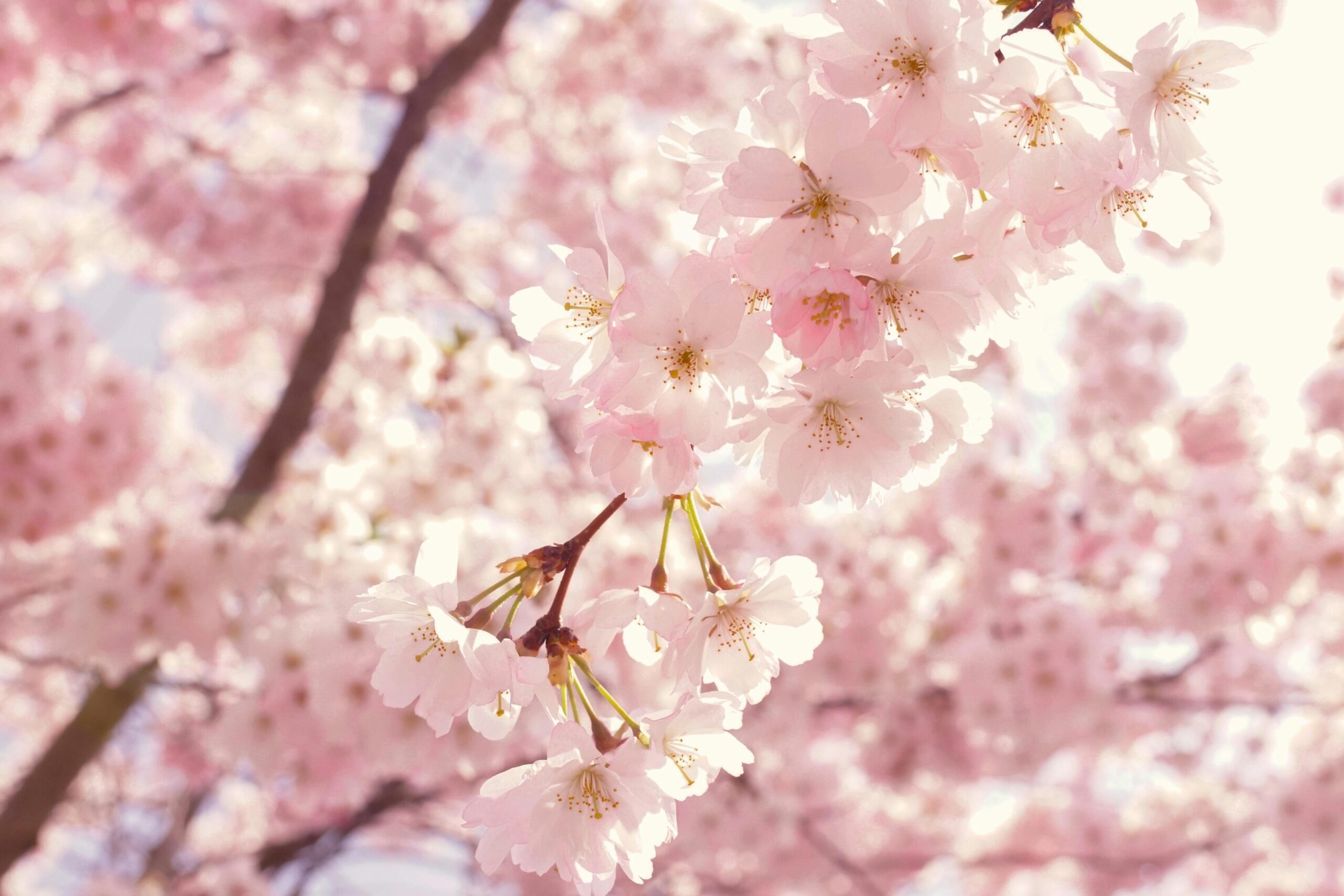100 Romantic and Creative Valentine’s Day Ideas


There’s something magical about spring. It’s the time when nature reawakens, color returns to the landscape, and the chill of winter gives way to warmth, growth, and new beginnings. From blooming flowers and buzzing bees to festivals filled with music, joy, and tradition, spring is a season that lifts spirits and energizes the world. It’s when life seems to stretch and yawn after a long sleep, ready to start fresh.In this article, you’ll discover 30 captivating facts about spring—from the astronomy behind equinoxes to the way animals behave, festivals that span continents, and cultural customs that celebrate the spirit of the season.
Spring starts with the vernal equinox, a day when the sun shines directly on the equator, making day and night nearly equal in length. This usually occurs around March 20 or 21 in the Northern Hemisphere and marks the official transition from winter to spring.
Contrary to popular belief, spring doesn’t happen because we’re closer to the sun. It occurs due to Earth’s 23.5-degree axial tilt, which changes the angle of sunlight throughout the year. During spring, the Northern Hemisphere tilts toward the sun, bringing longer and warmer days.
After the equinox, the days continue to lengthen until the summer solstice in June. The increased daylight boosts plant growth, animal activity, and even human moods, making spring a season of productivity and energy.
Spring is known for its fluctuating temperatures, but on average, temperatures steadily rise as more sunlight warms the Earth. This warmth triggers biological processes like blooming and migration in plants and animals.
After being dormant all winter, trees begin to bud and flower in spring as a response to longer daylight and warmer weather. Chlorophyll production increases, giving leaves their green color and helping plants produce food through photosynthesis.
Spring signals the end of hibernation for many animals, such as bears, groundhogs, and hedgehogs. These creatures emerge from their winter sleep to find food and begin mating seasons.
As spring arrives, migratory birds return from warmer regions to their nesting areas. Species like robins, swallows, and warblers are some of the earliest indicators of spring’s arrival in many parts of the world.
Wetlands come alive in spring with the croaks and calls of frogs and toads. These amphibians become active during the season, returning to ponds and lakes to mate and lay eggs.
Pollinators like bees and butterflies emerge in spring to help fertilize flowers and crops. Their activity is crucial to ecosystems and agriculture, as they assist in plant reproduction.
Many animals give birth in spring, taking advantage of the milder weather and abundant food supply. Baby rabbits, deer, chicks, and lambs are common sights during the season.
The season is known for its frequent rain showers, which are essential for nourishing new plant life. Spring rain also helps cleanse the air of dust and pollen, though it can increase allergy symptoms for some people.
In places like Japan and Washington, D.C., cherry blossoms bloom in early spring and draw massive crowds. These flowers symbolize beauty, impermanence, and the fleeting nature of time in many cultures.
Around the world, spring is marked by festivals that celebrate growth, fertility, and renewal. These include Holi in India, Nowruz in Iran, and Easter in many Christian countries.
Holi, the Festival of Colors, is celebrated during spring in India. People throw colored powders and water at each other to welcome the season and symbolize love, joy, and the victory of good over evil.
Easter is a spring holiday that symbolizes resurrection and new life. Many of its traditions—like the Easter Bunny and egg hunts—have roots in ancient fertility rituals celebrating the season.
Celebrated on the spring equinox, Nowruz marks the Persian New Year. The festival includes spring cleaning, family gatherings, and meals with symbolic foods to welcome a fresh start.
Spring flowers don’t all bloom at once. Snowdrops and crocuses appear first, followed by daffodils, tulips, and hyacinths. Each plant responds to specific daylight and temperature triggers.
Trees like birch, oak, and maple release pollen into the air in spring, which is a key part of their reproductive process—but a major cause of seasonal allergies for many people.
The tradition of spring cleaning goes back thousands of years and is tied to religious and cultural rituals. It’s often seen as a way to refresh your environment and mind for a new season.
Longer days and increased sunlight in spring can help lift mood and reduce symptoms of seasonal affective disorder (SAD). Sunlight boosts serotonin production, a natural feel-good chemical in the brain.
Springtime is associated with new life. Baby chicks, ducklings, and lambs are widely seen as symbols of innocence, birth, and the new beginnings that spring represents.
Gardeners prepare their plots in early spring, planting cool-weather crops like lettuce, spinach, and peas. Flowers like pansies and petunias also thrive during this time.
Celebrated on May 1, May Day has dual meanings—it’s a traditional spring festival in Europe and also International Workers’ Day. Some cultures mark it with dancing, flower crowns, and community gatherings.
Poets like William Wordsworth and artists like Claude Monet captured the essence of spring in their work. The season often symbolizes hope, beauty, and the return of life after darkness.
Many mammals shed their thick winter fur in spring, growing lighter coats to adapt to warmer temperatures. This process helps regulate their body heat and energy levels.
“Spring fever” isn’t just a saying. The change in seasons can cause restlessness, increased energy, and excitement—likely due to hormonal changes and more daylight.
Spring marks the beginning of the agricultural calendar in many regions. Farmers plant seeds, plow fields, and rely on spring rain to nourish their crops for summer harvest.
On the day of the spring equinox, day and night are almost exactly equal around the world. It’s a moment of balance and a symbol of equilibrium in many spiritual traditions.
Insects such as ants, beetles, and flies become more active in spring. Warmer temperatures awaken their metabolic systems, and many emerge to feed, breed, and pollinate.
From ancient mythologies to modern calendars, spring is universally seen as a time of rebirth. It represents the triumph of life over dormancy and symbolizes new possibilities across cultures and continents.
Spring typically begins around March 20 or 21 in the Northern Hemisphere with the vernal equinox, when day and night are nearly equal. It lasts until the summer solstice, around June 20 or 21. This three-month span is marked by gradually increasing daylight, rising temperatures, and the return of wildlife activity. In the Southern Hemisphere, spring runs from September to December. Scientifically, it’s a season defined by Earth’s tilt, which allows more direct sunlight to reach the hemisphere experiencing spring. This shift not only wakes up plants and animals but also has a profound effect on human mood, energy, and cultural life across the globe.
Spring is more than just a season—it’s a global celebration of life, growth, and renewal. From the science that explains its arrival to the vibrant wildlife, blossoming landscapes, and colorful cultural traditions that define it, spring holds a special place in nature and in our hearts. It’s a time of balance, transformation, and hope—reminding us that even after the darkest winters, light and life always return.
Whether you’re marveling at cherry blossoms, dancing at spring festivals, or simply enjoying the warmth of a sunny afternoon, every moment in spring is an invitation to reconnect—with nature, with others, and with yourself.